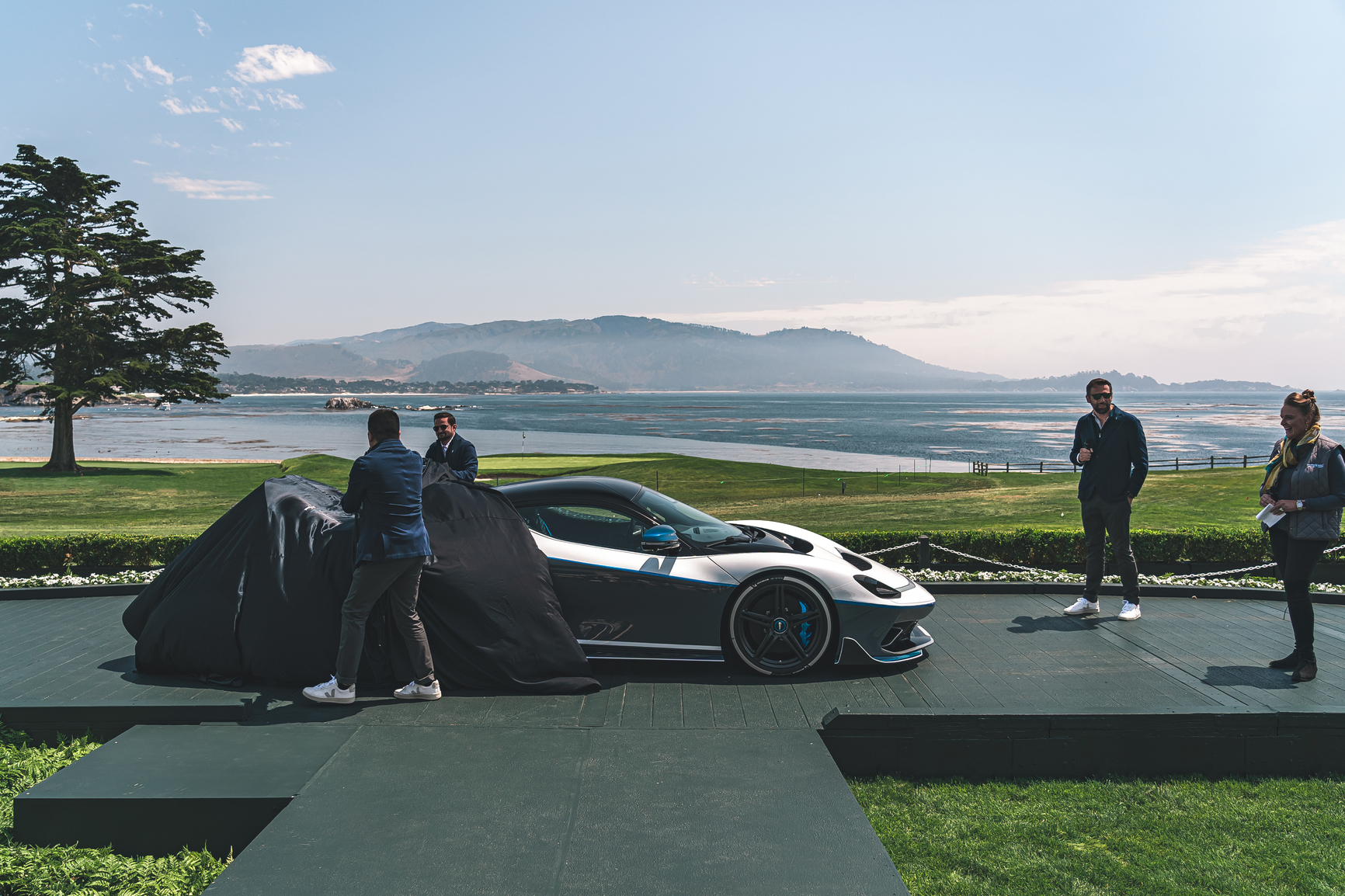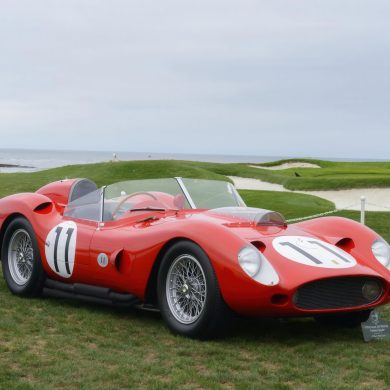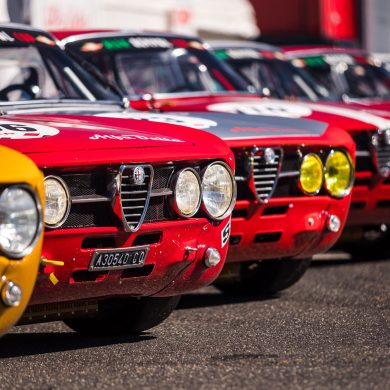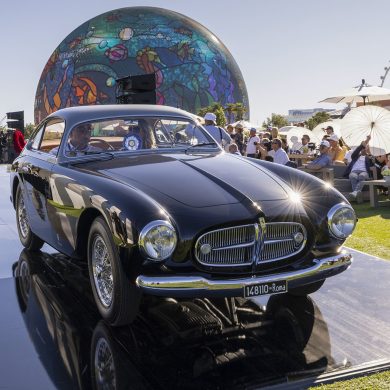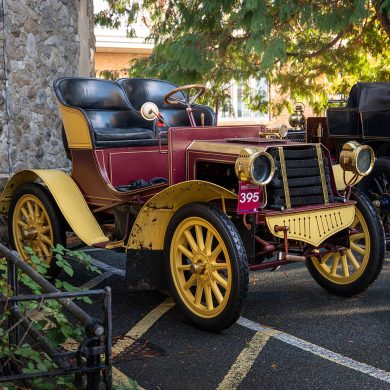As stated in part one of this series, almost every manufacturer has joined in on “The Green Promise,” a move to complete electrification of road cars and trucks within the next 20 years. While some manufacturers are taking it slowly, others are already phasing out their gas-powered cars.
In recent years, as well, electric hypercars and supercars have become a reality. It started with a few concept cars making their way into the public eye, and then the announcement in 2017 from Lotus Cars that they were planning to make the fastest electric car, ever, with the Lotus Evija. This brought many other manufacturers out of the woodwork, and suddenly, the electric hypercar race was on. And you know what they say about competition and benefits the customer!
However, while the super-exclusive hypercar segment war rages, it is in the normal and luxury segments, the “actually affordable” parts of the market, that the most development seems to have been made. It is also where, in truth, many of the more exciting announcements during Monterey Carr Week were located. However, this being Sports Car Digest, we’re going to look at everything from an affordable car to the biggest and best hypercars that use only batteries and electric motors.
Audi Skysphere Concept
Audi, and by association Volkswagen, have been the biggest European proponents of full electrification since it became financially viable to produce electric vehicles. In fact, they discontinued the R8 V10 supercar in favor of the new 2022 e-Tron GT, its fully electric replacement. They have already released all-electric versions of their Q series SUVs, and it is rumored that the next A-series and S-series cars will be a fully electric executive sedan with an S model to compete with the Porsche Taycan.
However, this doesn’t stop the designers and engineers at Audi from thinking well into the future. While electric cars are the next logical step, research and development has been ongoing around the world in the past decade towards autonomous driving. Most cars these days that have an autonomous driving system, and there are very few of them, have what is known as level 3 autonomy. This means that the car can drive itself, but requires a human to be present and aware at the controls so they can take over if the system fails to detect something, or indicates that human intervention is required.
The Skysphere Concept is what Audi hopes that their first level 4 autonomous car will be like. Level 4 is where the car will literally drive itself, and require minimal, if any, human intervention. This is where the whole “sphere” part of the name of Audi’s concept comes from, as the focus of the concept is on the driver’s sphere. If the driver wants to actually drive the car, they select so in the car and the whole e-coupe will actually transform, shortening itself to a 4.95-meter long sports grand tourer with front and rear wheel steering, sports suspension settings, and loads of power from the all-wheel-drive.
However, if the driver wants to sit back in the admittedly super comfortable-looking bucket seats and enjoy the scenery, they only need to select the “Grand Touring” mode, and the car will lengthen out to its full 5.19-meter length, with an increase of 250 millimeters in wheelbase. The computer will take over, using environmental sensors, lidar, GPS, and a variety of other systems to keep the car on the road. It also softens the suspension and retracts the steering wheel and lays it down under the dash, allowing for more space in the drivers’ “sphere” to enjoy their relaxation.
It is definitely a car that is more than a decade away, but it does show what the future of semi-autonomous and autonomous cars might be possible of achieving. Maybe one day Audi will release a level 5 autonomous car, which doesn’t have any human controls in it, as level 5 is a self-driving car.
Rimac Nevera
Formerly called the Concept_Two, the Rimac Nevera is a car with one heck of a story behind it. Rimac Automobili, named after the founder Mate Rimac, is a Croatian manufacturer that was the first to dream of a proper, true-to-nature electric hypercar. That was tested in the early 2010s with the Rimac Concept_One, which had multiple teething issues that had to be tackled one after the other.
After demonstrating the feasibility of an electric hypercar, Rimac started working on a much more streamlined, much more production-oriented car, the Concept_Two. What truly set the Concept_Two project into motion after its 2018 announcement, however, was a series of major investments in the company from Hyundai out of South Korea, Chinese battery manufacturer Camel Group, and from Volkswagen through Porsche AG, who at the time bought a 10% stake in the company.
With some proper money behind them, Rimac was able to rapidly prototype the car, and in 2020, announced they had a production prototype. It was at this point that the car was meant to be unveiled, but the global pandemic put a stop to all car shows and manufacturer demonstrations. The Rimac Nevera did “launch,” albeit through a web presentation, and all of the 150 cars have already been bought.
The real meat of the story, however, comes in 2021. In July, Volkswagen increased their share in the company by 24%, to a secondary majority of 34%, with only Mate Rimac holding more at 37%. This was due to Rimac and VW creating a joint venture that will see future Bugatti hypercars be powered by, and based on, Rimac electronics.
The Rimac Nevara itself is also a bit of a showstopper. It is, as of its showing at The Quail during Monterey Car Week, the second most powerful electric hypercar in the world, at 1,914 HP and 2,360 Nm (1,741 lbs-ft) of torque. The only production-ready electric hypercar that is more powerful is the Lotus Evija, and at that, by less than 50 HP.
No matter which way you put it, the Nevara is one seriously quick car, and is shaped to be as aerodynamically efficient as possible without compromising downforce. Some think it looks a little “normal” compared to the venturi-tunnel enabled Lotus Evija or the sculpted Italian lines of the Pininfarina Battista, but it does take a very mid-European approach to things, that of being understated, maybe even a little misunderstood, but hiding some serious power under its skin.
Pininfarina Battista
If the manufacturer name sounds familiar, it’s because Pininfarina is the design house that Ferrari has used for nearly all of its 90 years of production. There still is that design department for external customers, but Pininfarina spun up its own manufacturing department, Automobili Pininfarina, a few years back, when electric supercars and hypercars were no longer things to be dreamt of, but to be designed and built.
Kickstarted by the Lotus Evija announcement in 2017, the design of the Pininfarina Battista started in earnest that very same year. While the British hypercar was being shaped by computerized fluid dynamics and a pure aerodynamic focus, the Italians, of course, wanted their car to be fast, electric, but also beautiful. It is something quintessential to Italian design, the need for shapes to have meaning, for the flow of a line to not be determined just by air moving over it, but the emotion that line carries through the language of the car.
The Battista, and the launch edition Battista Anniversario, have both been back to the drawing table many times, as technology and design have jumped massively in the last five years. In fact, the last public demonstration of the Battista was meant to be at the Geneva Motor Show in 2020, which was canceled due to the global pandemic.
So when a production-ready Battista quite literally drove to the Quail show during the Concours Road Tour, eyebrows were definitely raised as the low, sleek, and unbelievably gorgeous car pulled up to its display spot and all you could hear was the fans to keep the electrics cool spinning down. As befitting an event with a dress code, the Pininfarina came dressed for the occasion in a carbon fiber tux with a little chrome tie across the front. The other Battista, the Anniversario, slept in under its covers until its carbon/white paint scheme with blue pinstripe was unveiled at the Pebble Beach Concours d’Elegance, in a sense having the production-ready car technically announced twice in the same day.
As Pininfarina announced that the Battista is production-ready, it also released the finalized production specifications. The final figures for the car are that it will use four electric motors, one at each wheel, which provide a combined 1,900 HP. Powering the car will be a Rimac co-designed central battery stack and support frame, which will run in place of a transmission tunnel and puts the majority of the stack behind the cockpit of the car. The motors will provide a combined 2,300 NM (1,700 lbs-ft) of torque, and the car is electronically governed to a top speed of 321 kph (200 mph).
The truly impressive figures come in acceleration and range, however. On a full charge, with average everyday driving, it is expected to get 450 km (280 miles) per charge. However, if you feel the need to go very, very fast, the car accelerates 0 to 60 in under 2 seconds, soars past 124 mph in under 6 seconds, and will be hitting 200 mph in about 12 seconds. And also draining its battery very quickly to provide the power to do so.
It is truly an exciting time to see multiple electric hypercars finally starting to make it from manufacturer to owner. While these cars will belong to a wealthy few, they are also halo cars, the first of what should be a series of cars from manufacturers that use the lessons learned to make better and better electric sports cars for the masses.


